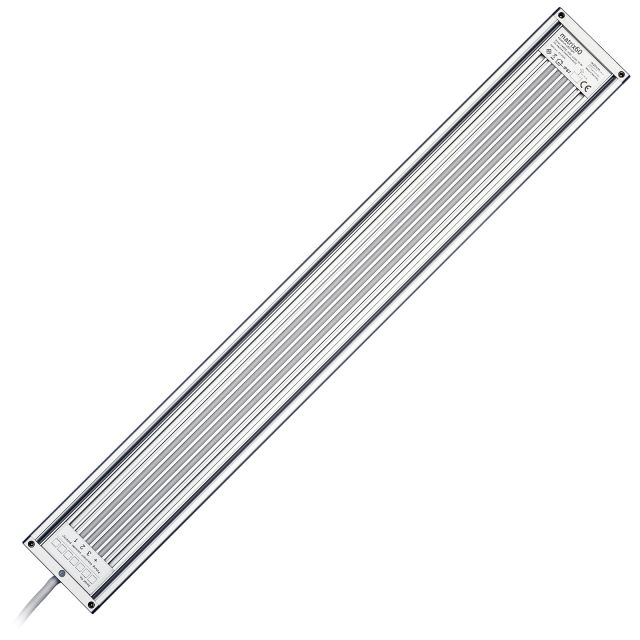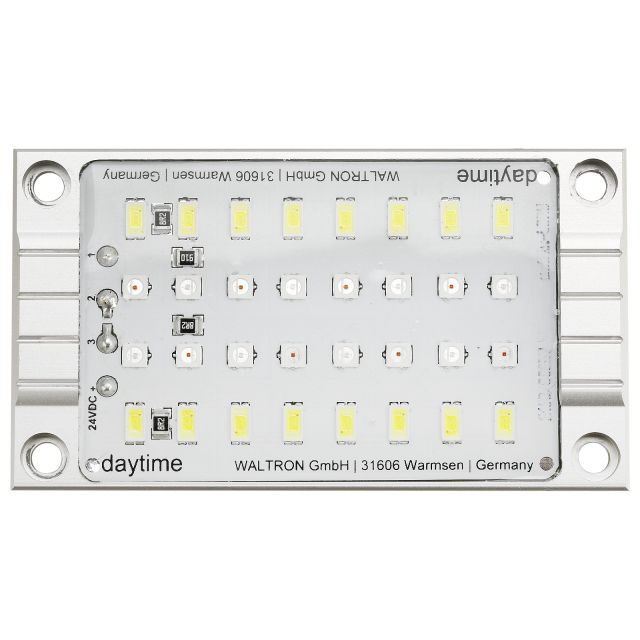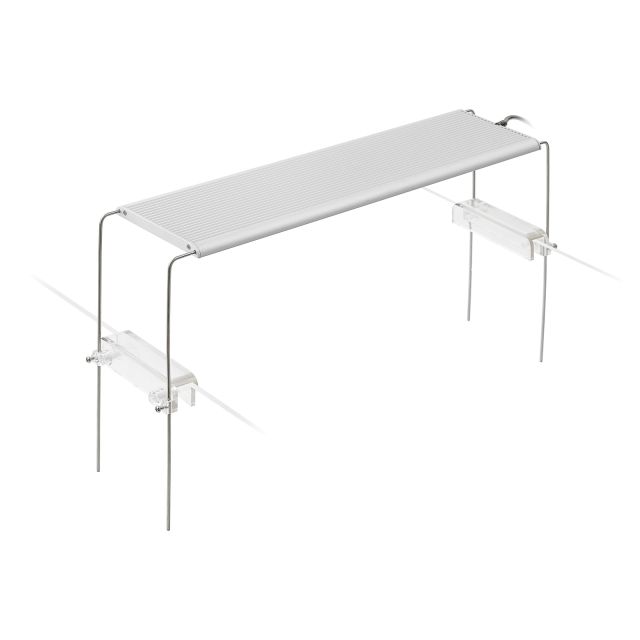LED lights have by now become established as the standard method of lighting an aquarium. Currently, modern complete kits are almost always offered with a matching LED lamp. For aquarium keepers who still use their trusty old lamps with T5 or T8 fluorescent tubes or even metal halide lamps (HQI), switching to an LED system can pay off. However, many are deterred by the high purchase price. Based on a few calculations, we’ll show you in the following if and when it may pay off for you to switch to LED lighting.
Efficiency
In the Aquascaping Wiki article "The lumen per watt rule of thumb", we have already explained how to identify an energy-efficient lighting system that saves power. LED systems with a high light output and a correspondingly high ratio of lumens/watt are particularly recommended. Before the purchase or before you start converting your aquarium lamp to LEDs you should choose the new lighting system carefully and have an eye on high efficiency. If saving power is paramount to you, you should choose LED lamps with diodes that emit pure white light and that do not contain RGB components, since their light yield is particularly high. The benefits of lighting with colorful LEDs (RGB) lie not so much in the efficiency, but rather in the much-improved color accentuation of the objects in the aquarium.
An example for an LED-system with a very good light yield is daytime’s matrix series. This manufacturer specifies the light output with 180 lumens per watt for its LEDs that emit white light only.

Potential savings
Let's use the daytime matrix system as a concrete example for calculating just how much electricity a new lighting system might save you. For more traditional light sources such as fluorescent tubes or metal halide lamps, the light requirements of aquarium plants were calculated using the watt-per-liter rule. If you want to switch your aquarium lights to LEDs, you need to adapt this rule of thumb to the more modern lighting system: the light output of LEDs is given in lumens (lm) per liter. Here is a short overview
- Low light requirements: approx. 0.2 to 0.3 W/l for the old lamps corresponds to 15-20 lm/l for LEDs.
- Medium light requirements: approx. 0.5 W/l for the old lamps corresponds to approx. 30 lm/l for LEDs.
- High light requirements: approx. 1 W/l for the old lamps corresponds to approx. 60 lm/l for LEDs.
By the way, you can find a more detailed explanation of the above conversion in the article "Aquarium LED" in our Aquascaping Wiki.
Exemplary calculation:
A standard planted aquarium with 54 liters is illuminated with 2x24W T5 fluorescent tubes. At around 0.9 W / l, the light intensity is at the lower end of the high-power range, which means that it also covers the needs of aquarium plants with high light requirements. So an LED light producing roughly 60lm per liter is required.
As an adequate replacement for the old lighting system, a daytime matrix with two LED modules could be used. Together these would create 3.600 lm, resulting in about 66 lm per liter, which is in the high-power range. One module only consumes 10 W of electricity, which gives us a total of 20 W of power consumption. The previously used T5 lamp drew 48 W.

Result:
With the above-mentioned LED system, the aquarium keeper could save 58% of the previous electricity costs, with the brightness of the light being at least similar or even slightly increased. The savings alone would justify the conversion to an LED system.
Amortization
When you switch your tank to LED lighting, you will no longer have to regularly change the light sources. It is recommended by the manufacturers to regularly replace fluorescent tubes or HQI burners. These savings as well as the savings in the field of energy costs are somewhat spoiled by the relatively high purchase price of LED lights. However, meanwhile lots of LED light solutions have become available in all price segments. For example, the Chinese manufacturer Chihiros would be the way to go for highly price-conscious planted aquarium keepers.

If you add up the potential savings for electricity and illuminants against the purchase price, your new LED light is paid off after a few years. When exactly, depends on various factors, especially on the size of your aquarium as well as the quality and the luminous efficacy of your new LED lamp. However, this period is not overly long in any case, and switching your aquarium light to an LED system is almost always a highly recommendable step.